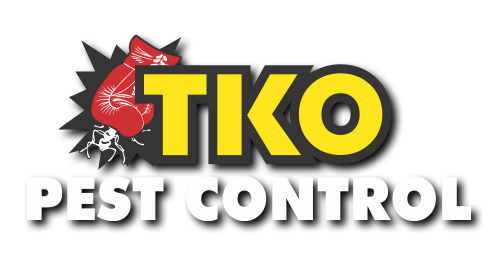Borers
Borers are the larvae of various species of beetles. The adult beetles lay their eggs within the timber.
The eggs hatch out into larvae (grubs) which bore through the timber and can cause significant structural damage. The larvae may reside totally concealed within the timber for a period of several years before passing into a dormant pupal stage. Within the pupal case they metamorphose (change) into the adult beetle, which cuts a hole in the outer surface of the timber to emerge, mate and lay further eggs to continue the cycle. Its is only through the presence of these emergence holes, and the frass formed when the beetles cut the exit holes that their presence can be detected. Where floors are covered by carpets, tiling, or other floor coverings and where no access to the underfloor area is available it is not possible to determine whether borers are present or not. This is particularly the case with the upper floors of a dwelling.
Borers of “ green” unseasoned timber may also be present. However these species will naturally die out as the timbers dry out in service. Whilst some emergence holes may occur in a new property it would be unusual for such a borer to cause structural damage, though the exit holes may be unsightly.
Anobium borer (furniture beetle) and Queensland pine borer: These beetles are responsible for instances of flooring collapse, often triggered by a heavy object being placed on the floor (or a person stepping on the affected area). Pine Timbers are favoured by this beetle and, while the sapwood is preferred, the heartwood is also sometimes attacked. Attack by this beetle is usually observed in timbers that have been in service for 10-20 years or more and mostly involves flooring and timber wall panelling. The frass from the flight holes (faeces and chewed wood ) is fine and gritty. Wood attacked by these borers is often honeycombed.
Lyctus borer (powderpost beetle): These borers only attack the sapwood of certain susceptible species of hardwood timber. Since it is a requirement that structural timbers contain no more than 25% Lyctus susceptible sapwood these borers are not normally associated with structural damage. Replacement of affected timbers is not recommended and treatment is not approved. Where decorative timbers are affected the emergence holes may be considered unsightly in which case timber replacement is the only option. Powderpost beetles mostly attack during the first 6-12 months of service life of timber. As only the sapwood is destroyed, larger dimensional timbers (such as tiling and ceiling battens ) the sapwood may be extensive, and its destruction may result in collapse. Replacement of these timbers is the only option available.
Book Online or contact us today
